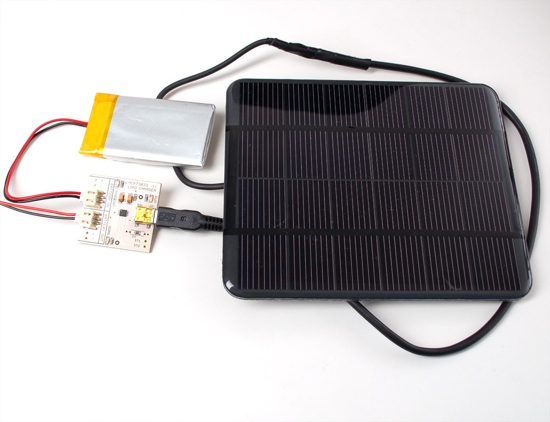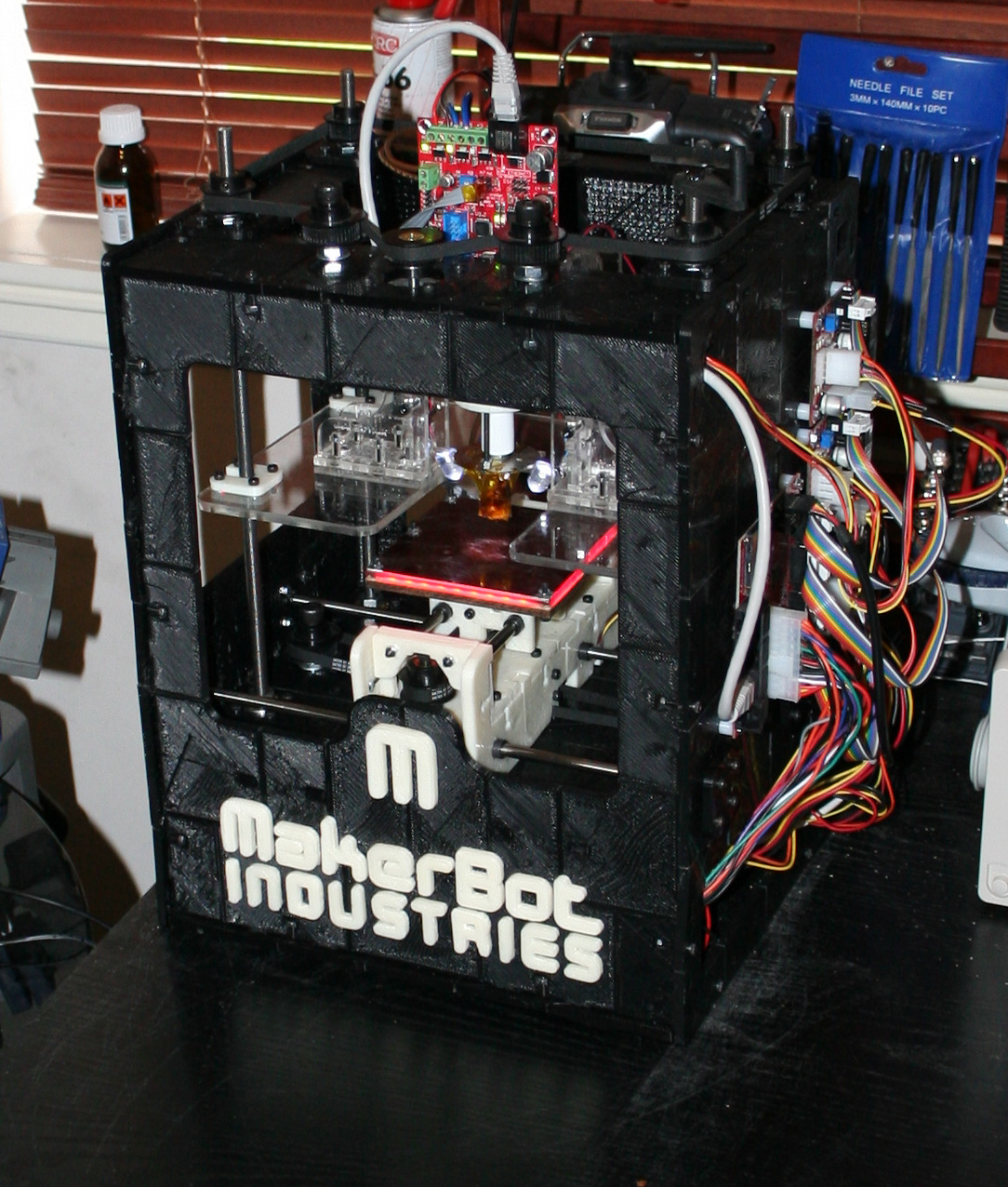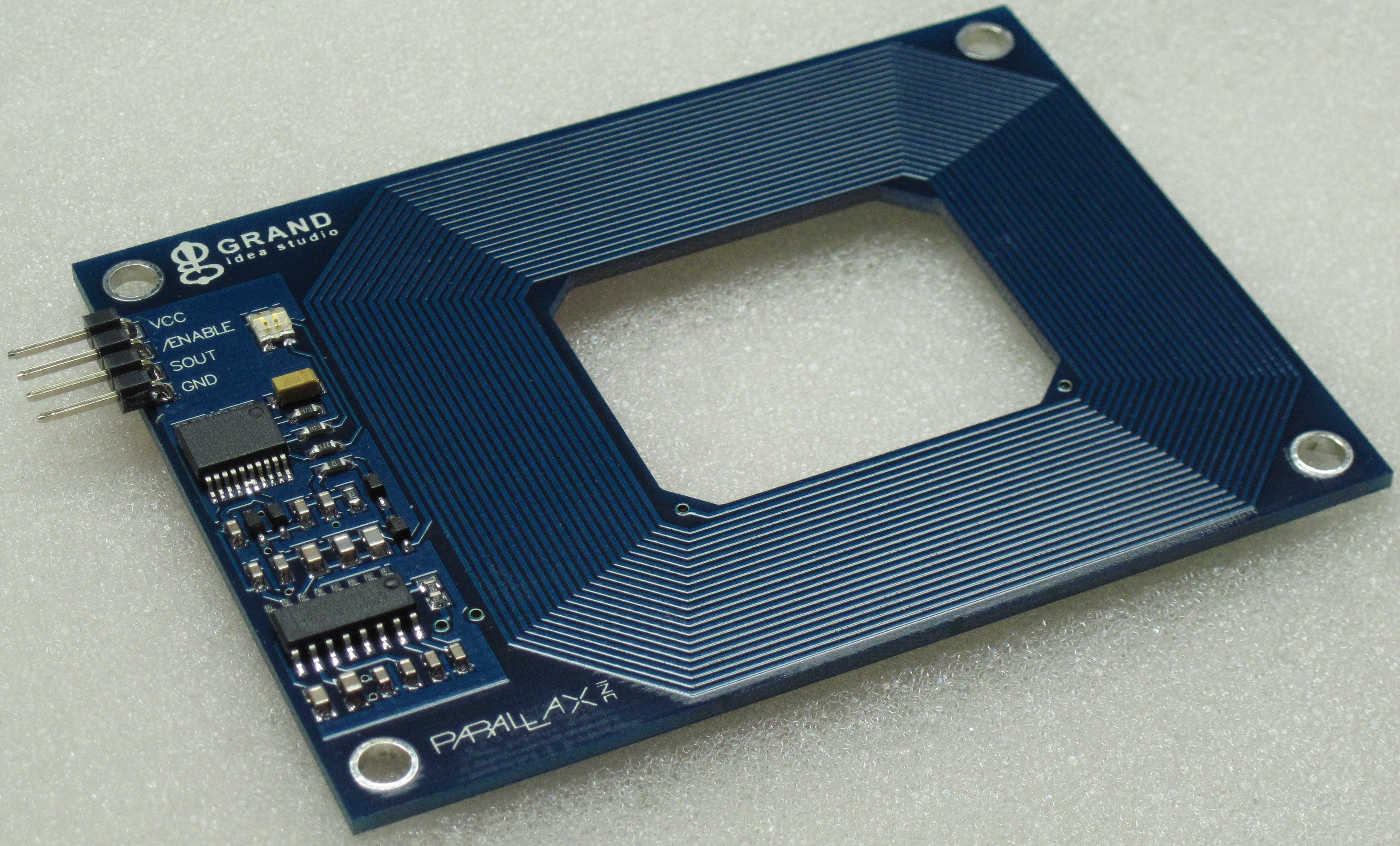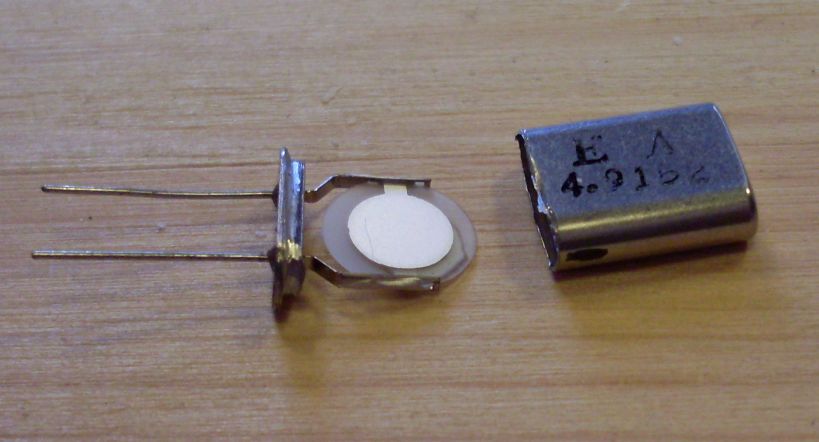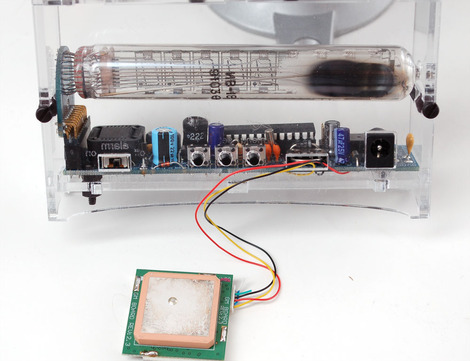
Our favorite Soviet-Era display that found its way into a present-day kit now displays time from orbiting satellites. A GPS module patched into an Ice Tube Clock with modified firmware will be able to provide a satellite-synced time. The firmware, modified by yours truly, parses the GPS module’s NMEA RMC sentences for the time and date information and then updates the clock’s time and date. Fun was had making sure the alarm went off at the correct times when the time was updated by the GPS. Overall, it was a fun project and we look forward to seeing additional Ice Tube Clock hacks.

